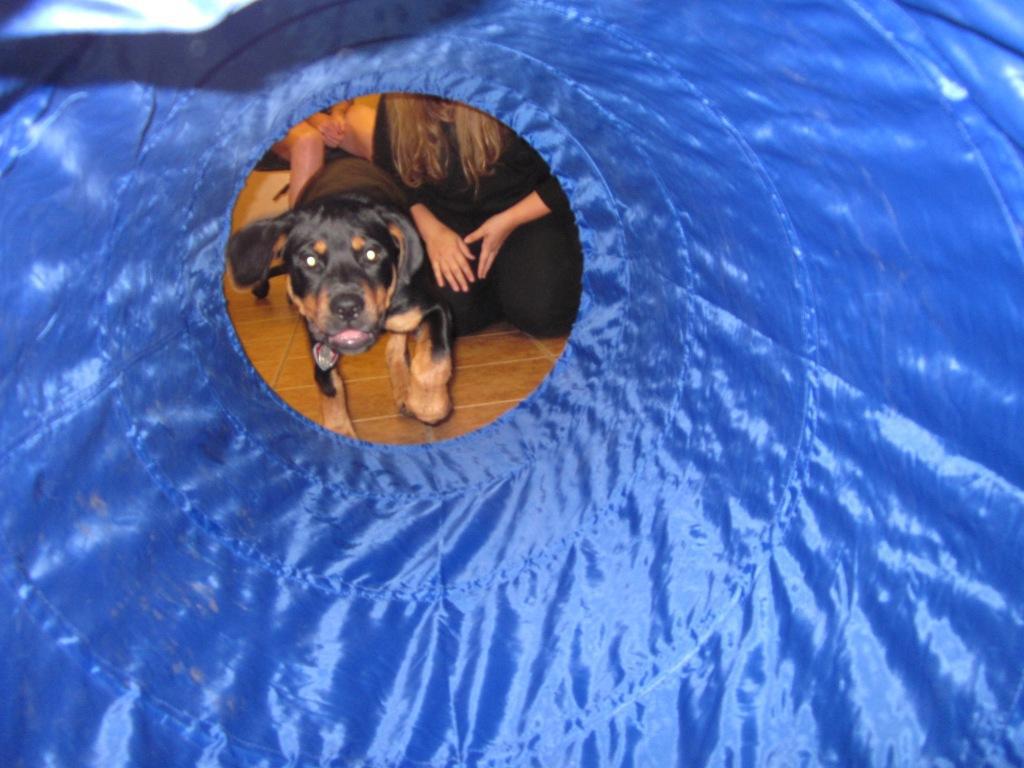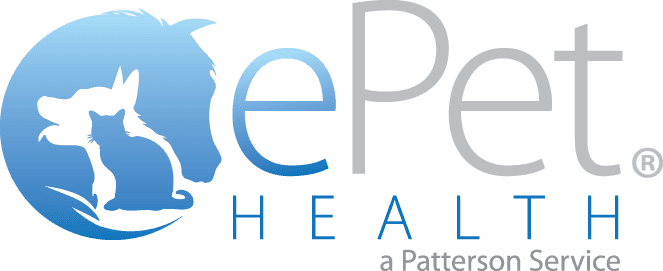Testing Boundaries
Test Your Puppy
1. Handling – Continue your handling as previously instructed and keep handling your puppy throughout his or her life so that being handled during veterinary exams, grooming, or everyday life is well-tolerated.
2. Feeding – It is important that by this point, your puppy is completely comfortable with you touching and moving its food bowl and interacting with the puppy itself during meal time. If you are having any problems or your puppy is exhibiting food aggression, please talk to us and seek professional assistance now!
3. House training – Some puppies experience a “loss of house training” as they continue to grow, typically between 4 and 6 months of age; continue your training as before and be persistent. If you are having trouble, please ask us for help any time!
4. Problem behaviors – Experiencing trouble with the behaviors previously discussed? Ask us for advice and proper behavior modification. Over the next few months, your puppy will begin developing more adult and breed-related behaviors. If your puppy is displaying fear or dominance aggression, now is the time to correct these behaviors and teach the puppy appropriate responses. Remember that your purebred dog may have innate behaviors and that even your mixed-breed dog may have breed-related behaviors which you may or may not desire. If the behavior is unwanted, consider redirecting the natural instinct toward a more desirable behavior. Have a herding dog who persists in staring you down or nipping your heels? Teach the dog to chase a soccer ball or actually seek out a training facility and start teaching your puppy to herd livestock. It is important to remember that we have bred dogs for specific purposes and to suppress those instincts will only cause problems later.
5. Socialization – Your puppy needs to meet hundreds of people before it is truly socialized.
A. Meeting more people – now that your puppy is fully vaccinated, start visiting the park and teaching your puppy to politely greet new people and dogs. New interactions should always be calm and controlled with the dog sitting quietly when meeting new people.
B. Meeting new dogs – dogs should never be introduced face-to-face as this creates a confrontational interaction. Instead, introduce dogs side-to-side facing opposite directions so that they can smell one another first in a nonthreatening manner. It is always best if your puppy has been exercised for a while and is not excited during this process. If your dog is demonstrating any dog aggression or fear, seek professional help so that you can correct these problems early.




